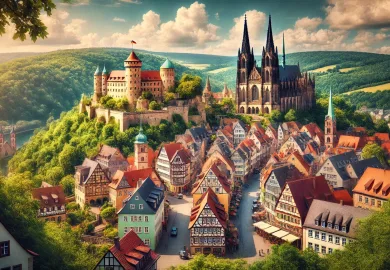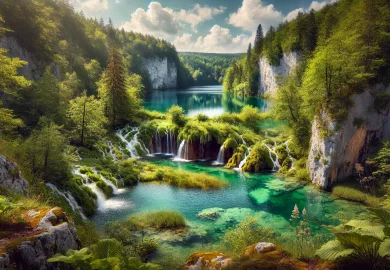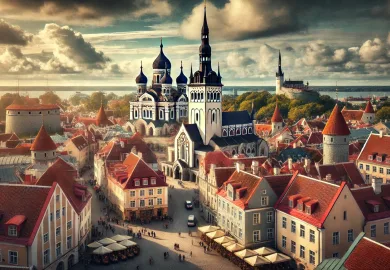
Barbados, the jewel of the Caribbean, is famous for its stunning beaches, vibrant culture, and luxurious resorts. However, beneath its popular destinations lie unseen places in Barbados waiting to be explored. Away from the well-trodden tourist paths, these hidden gems offer a unique perspective on the island’s natural beauty and cultural richness. If you’re looking to dive deeper into the charm of Barbados, here are some hidden spots that should be on every traveler’s radar.
Off-the-Beaten-Path Beaches in Barbados
While Barbados is known for its pristine beaches like Crane Beach and Bottom Bay, there are lesser-known stretches of sand that offer peace and solitude. One such hidden gem is Shark Hole, a small, horseshoe-shaped cove located on the southeastern coast. This secluded beach is framed by jagged cliffs and coral rock formations, creating a serene atmosphere perfect for those seeking a quiet escape. The calm waters make it a great spot for a peaceful swim.
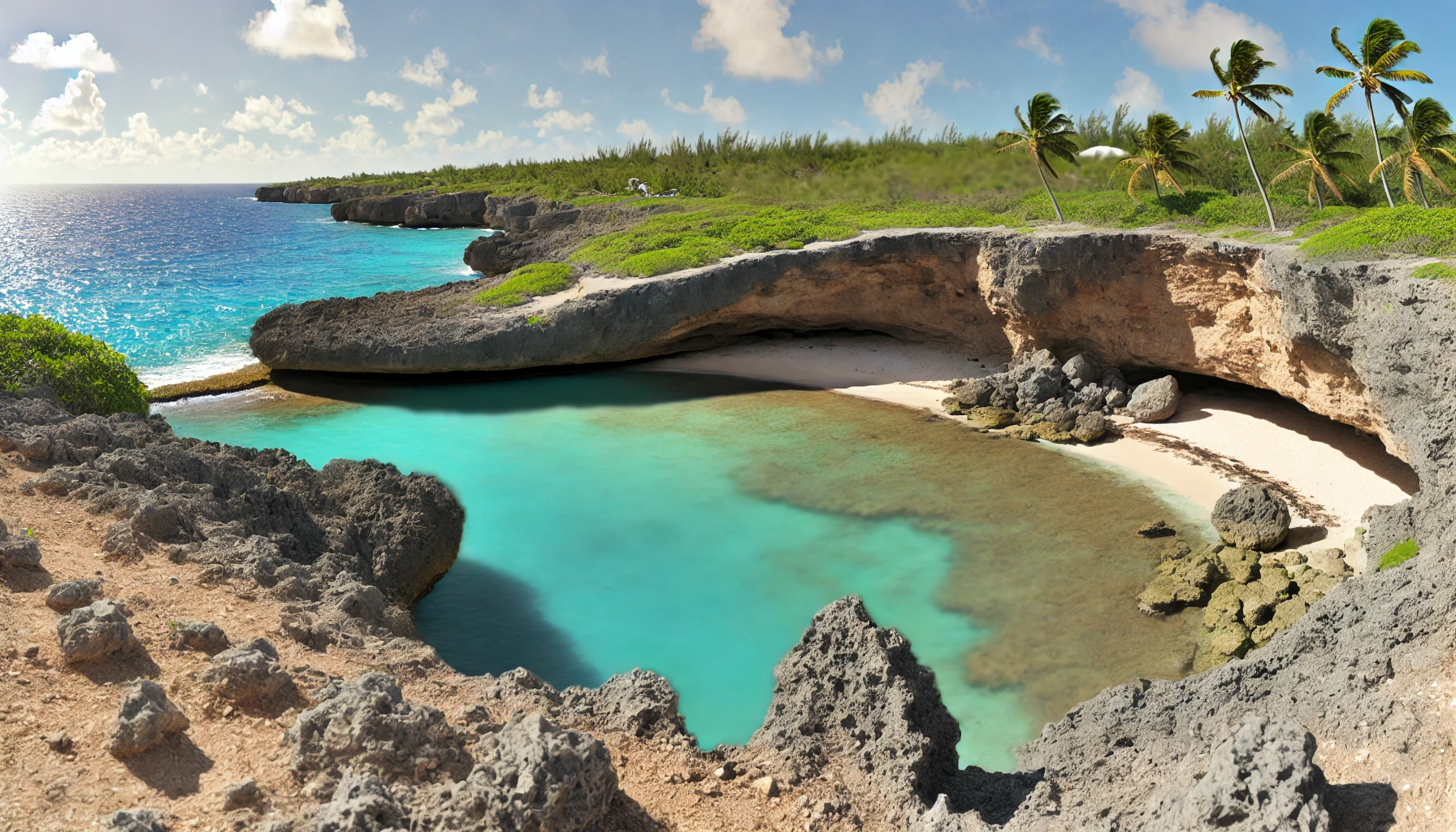
Another undiscovered treasure is Harrismith Beach. Nestled just north of Bottom Bay, this untouched haven offers crystal-clear waters and an isolated, rugged coastline. The abandoned ruins of Harrismith House add a touch of history and intrigue to the surroundings, making it an excellent location for exploration and photography.
Lastly, don’t miss Bath Beach on the island’s east coast. Unlike the more famous Bathsheba Beach, Bath Beach is a tranquil spot loved by locals but often overlooked by visitors. With its calm waters and picnic facilities, it’s an ideal place to relax and experience Barbados like a local.
Discovering Barbados’ Secret Caves and Natural Wonders
Beyond the sun-drenched beaches, Barbados is home to numerous caves and natural attractions that are often overlooked by travelers. One of the most spectacular, yet lesser-known, is Animal Flower Cave. Located at the northernmost point of the island, this cave features pools of crystal-clear water and breathtaking ocean views. Inside, you can spot colorful sea anemones, locally known as “animal flowers,” which give the cave its name.
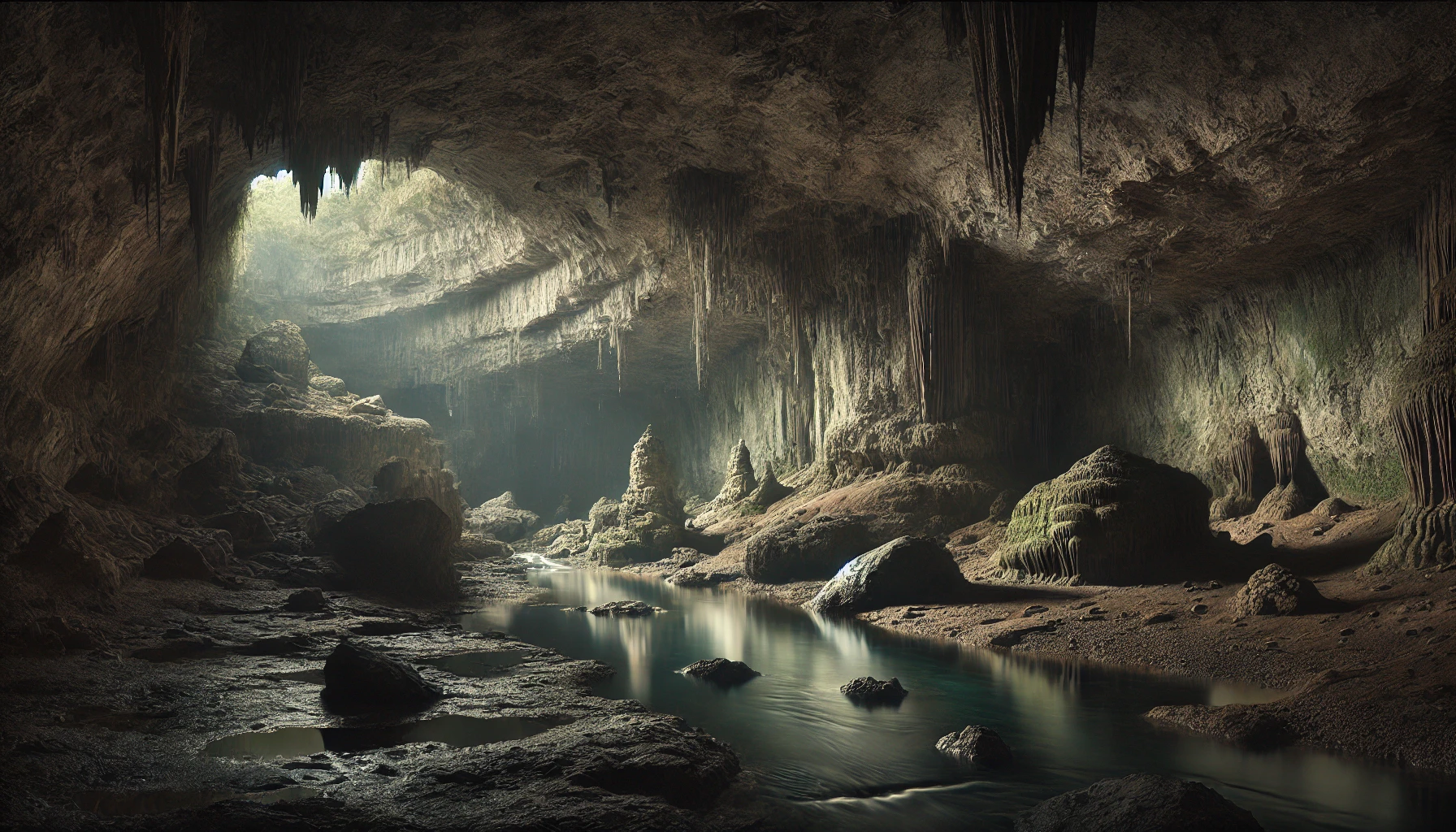
A more remote option for cave explorers is Coles Cave, hidden deep within the island’s countryside. Unlike the more popular Harrison’s Cave, Coles Cave offers a more adventurous experience. It’s a journey through lush forests, across rivers, and into an expansive underground world. The cave’s stalactites and stalagmites, as well as its underground rivers, make it a fantastic destination for nature lovers and adventurers alike.
For those looking for a less intense but equally stunning natural wonder, Farley Hill National Park offers a blend of nature and history. The park is set around the ruins of a once-grand mansion, providing visitors with sweeping views of the island’s rugged coastline and lush greenery.
Experience the Charm of Rural Barbados
Barbados’ vibrant cities and coastal towns are well-known, but the island’s rural villages offer a glimpse into authentic Barbadian life. Head inland to the charming village of Chalky Mount, a hub for pottery and craft. Here, you can observe local artisans shaping clay into intricate pots and bowls, a tradition passed down through generations. It’s a fantastic opportunity to purchase unique souvenirs and support local craftsmanship.
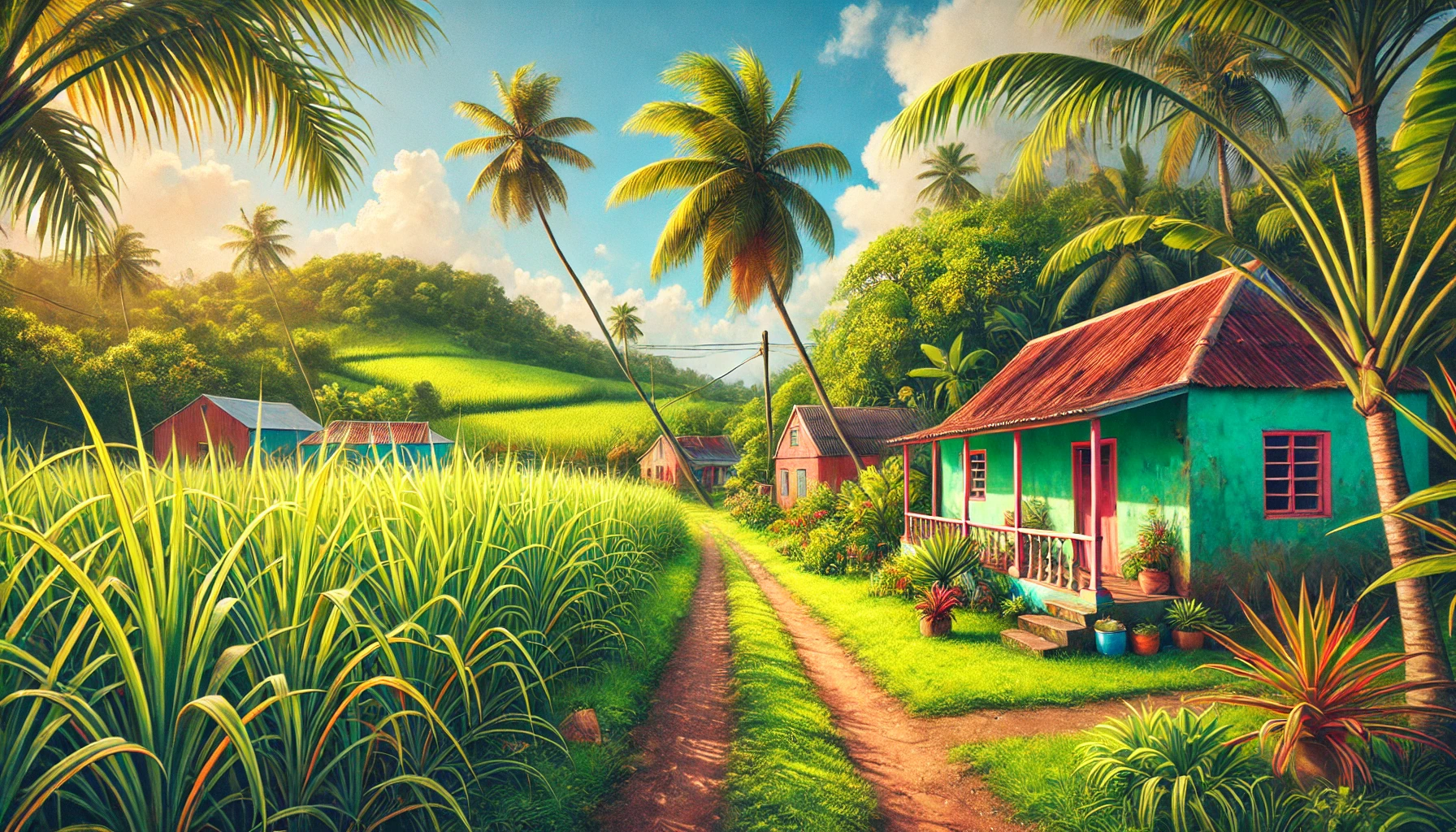
The nearby area of Cattlewash is another rural gem, with its vast, windswept landscape and untamed beauty. Unlike the bustling southern beaches, Cattlewash is a tranquil haven where you can enjoy long walks along the coast, surrounded by the natural splendor of the island. The rugged cliffs and crashing waves create a dramatic backdrop, perfect for those who appreciate raw, unspoiled landscapes.
If you’re seeking a more immersive cultural experience, visit St. George Parish, located at the heart of Barbados. This area is known for its rolling hills, sugar cane fields, and historic plantations. A visit to Drax Hall, one of the oldest surviving plantation houses in the Caribbean, provides a window into Barbados’ colonial past.
Uncovering Barbados’ Lesser-Known Historical Sites
Barbados has a rich history that goes far beyond its famous landmarks like St. Nicholas Abbey. To delve deeper into the island’s past, visit the lesser-known Gun Hill Signal Station. This historic site, perched atop a hill in the parish of St. George, offers panoramic views of the island and an insight into Barbados’ military history. The station was once used to signal the approach of enemy ships, and today, it stands as a reminder of the island’s strategic importance.
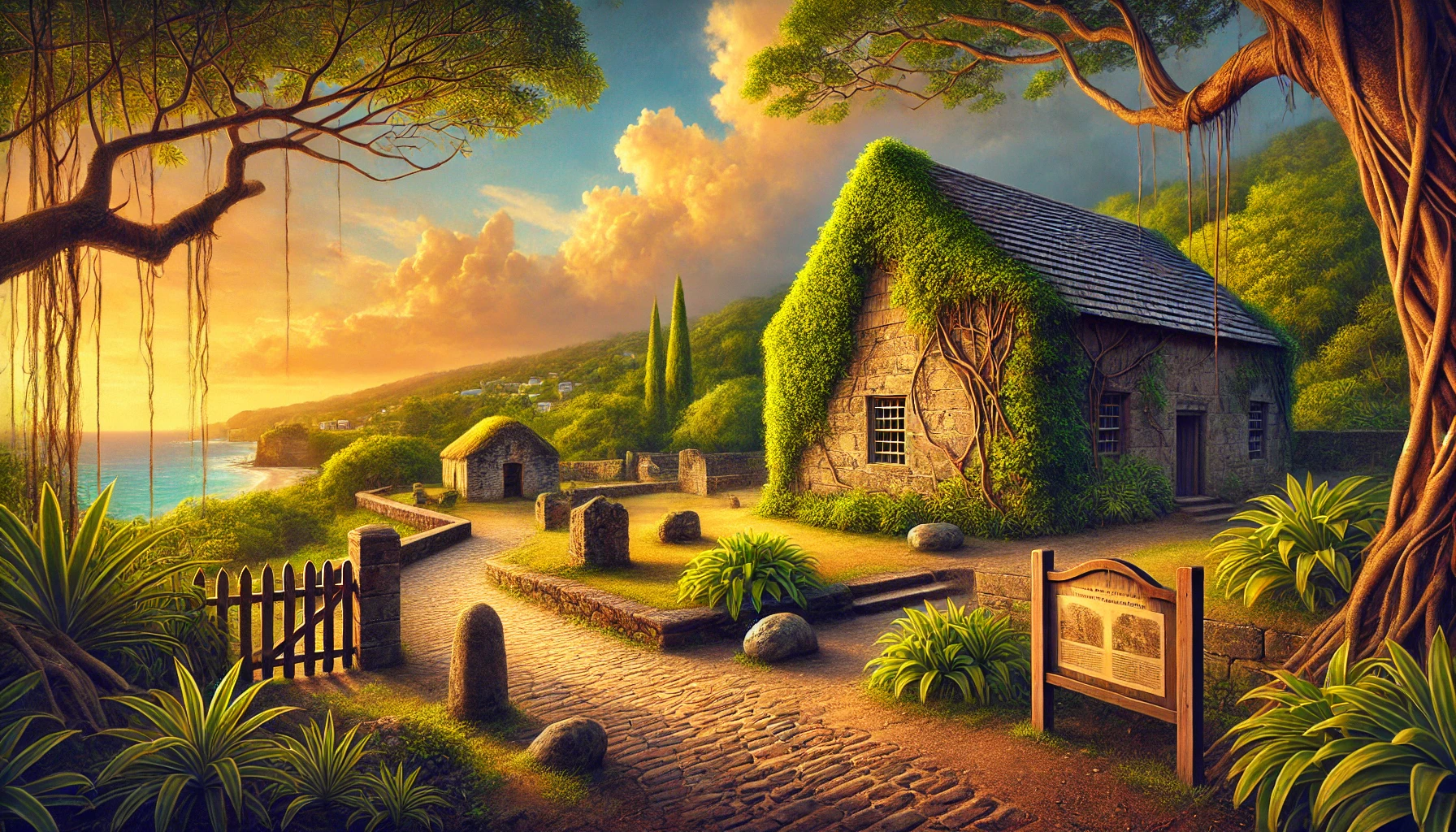
Another hidden historical gem is Morgan Lewis Windmill, the last operational windmill in the Caribbean. Located in the northern part of Barbados, this restored windmill was used to produce sugarcane juice, which played a crucial role in the island’s sugar industry. A visit here offers a fascinating look into the island’s agricultural heritage and the once-dominant sugar trade.
For a more spiritual journey, head to Codrington College, the oldest theological college in the Western Hemisphere. Its stunning gardens, grand architecture, and peaceful ambiance make it a must-see for those looking to explore a different side of Barbados’ history. The views from the college, overlooking the island’s east coast, are nothing short of breathtaking.
The Roots of Bajan Culture
Barbados’ cultural identity is rooted in its diverse history, tracing back to the early Arawak and Carib settlers, later enriched by African and British influences during the colonial period. This blend of cultures has resulted in a distinct Bajan identity that stands out in the Caribbean.
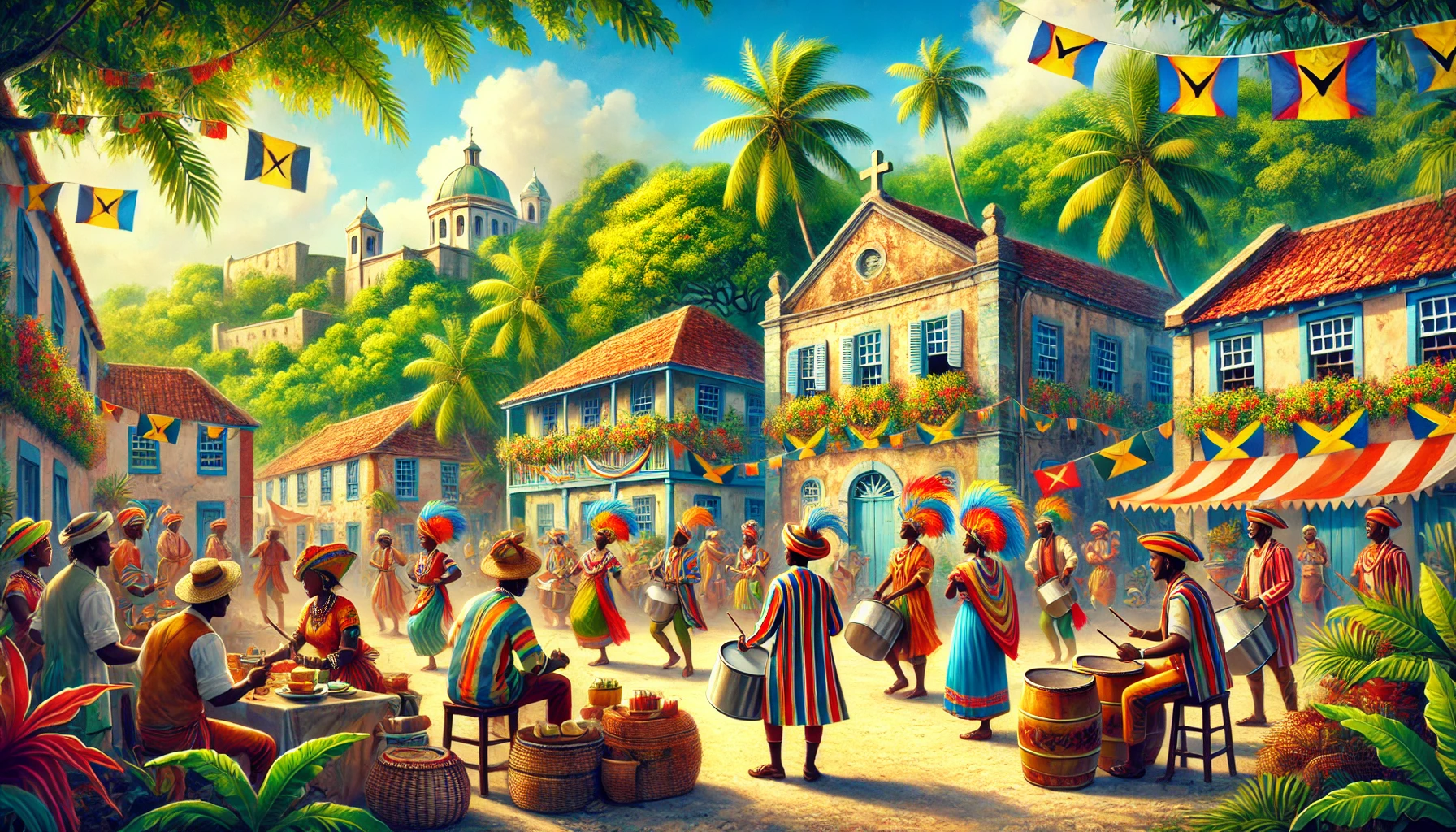
The island’s African heritage is especially visible in various cultural aspects, from the rhythm of local music to culinary practices. The British influence, on the other hand, is evident in traditions like afternoon tea, cricket, and church gatherings. This unique fusion makes Barbadian culture rich and multifaceted, drawing in curious travelers eager to learn more about its roots.
Barbados takes pride in preserving its heritage while celebrating its progression. This balance between tradition and modernity ensures that Bajan culture remains dynamic, inviting people of all backgrounds to engage with its vibrant past and present.
Music and Dance: The Soul of Barbados
Music and dance are intrinsic to the Bajan cultural experience. The island’s rhythms are influenced by African traditions, where percussion and upbeat tempos bring people together in a communal celebration. Calypso, reggae, and soca are popular genres that echo through the streets, especially during festivals.

- Crop Over Festival: Crop Over is the biggest celebration in Barbados, a summer festival marking the end of the sugar cane harvest season. Dating back to the 17th century, it includes vibrant parades, music, and costume contests, embodying the spirit of Barbadian music and dance.
- Tuk Bands: A distinctive feature of Bajan culture, Tuk bands are known for their use of drums, triangles, and pennywhistles. Originating from African roots, Tuk music is a unique sound that often accompanies traditional dances and celebratory events across the island.
- Dance Halls and Festivals: Barbadian dance culture is lively and expressive. Dance halls and festivals throughout the island offer a glimpse into the local lifestyle, with traditional Bajan dances merging with more modern forms, creating a unique rhythm that captivates locals and tourists alike.
Culinary Delights: The Flavor of Barbados
One cannot explore Bajan culture without indulging in its distinct cuisine, which is a fusion of African, Indian, Irish, Creole, and British influences. Known for its use of local ingredients and unique flavors, Barbadian food offers a true taste of the island.
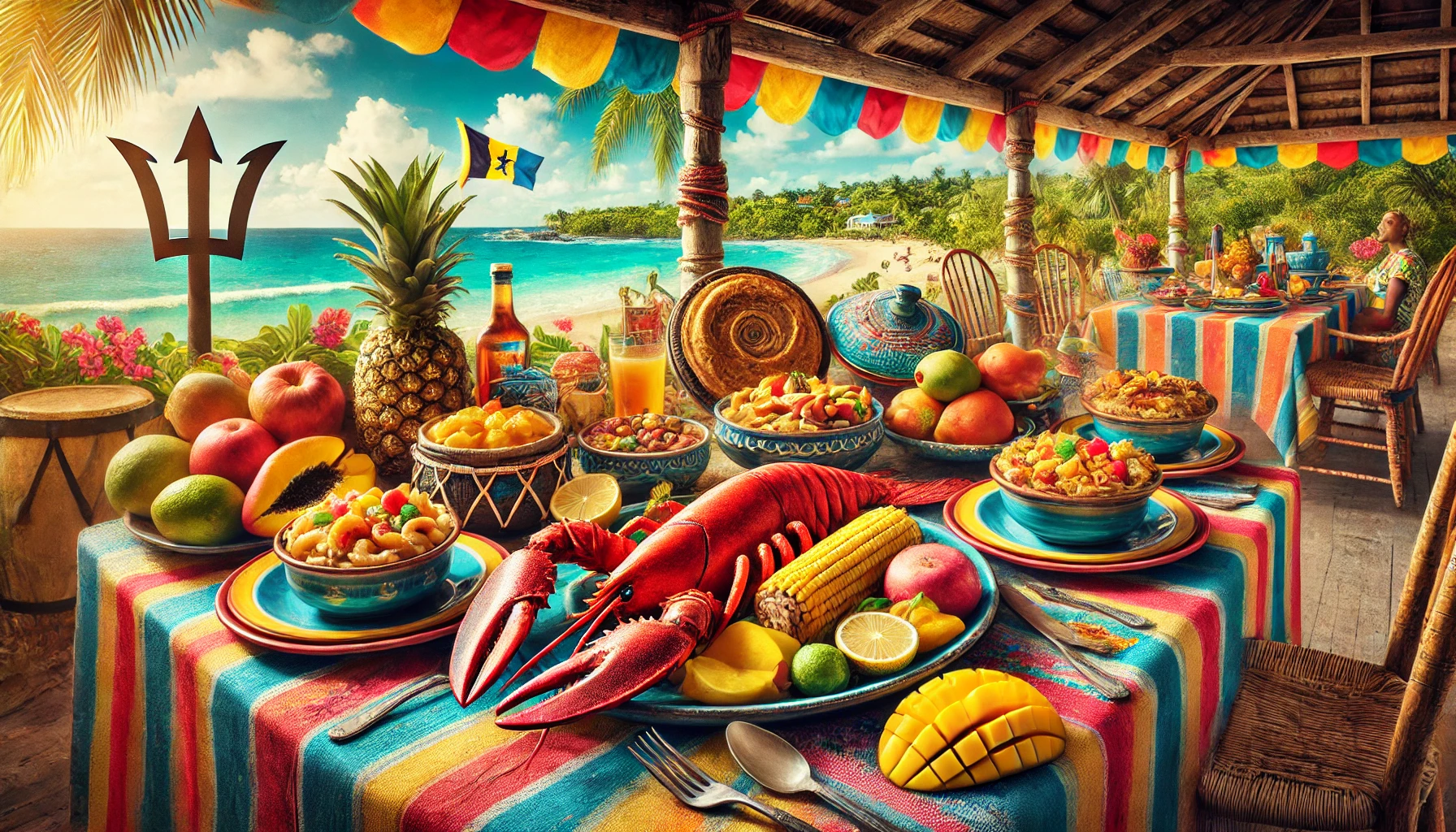
- Flying Fish and Cou-Cou: The national dish of Barbados, flying fish paired with cou-cou (made from cornmeal and okra) is a must-try for anyone looking to experience authentic Bajan cuisine. The dish is a perfect representation of the island’s culinary creativity, blending flavors from different cultural influences.
- Pudding and Souse: A traditional Bajan dish often served on weekends, pudding and souse combines pickled pork with a sweet potato pudding. It’s an experience that captures the essence of Barbados’ cultural and social dining habits, often enjoyed at family gatherings.
- Street Food and Rum Shops: For a more casual experience, Barbados offers an array of street food options and rum shops. From fish cakes to conkies, the variety is endless. The rum shops, which serve locally produced rum, are integral to Bajan social life, acting as gathering places for lively discussions and camaraderie.
Artistic Expression: Barbados’ Creative Spirit
Art plays a vital role in Barbadian culture, with many locals using creative outlets to express their identity, history, and views on society. Barbados is home to a thriving art scene, filled with galleries, exhibitions, and street art that reflects the island’s passion and resilience.

- Visual Arts and Galleries: Barbados has several art galleries showcasing works by local artists who often draw inspiration from the island’s landscapes and people. From fine arts to contemporary pieces, these galleries highlight the island’s creative diversity.
- Crafts and Handicrafts: The island’s tradition of handicrafts includes pottery, woven items, and other creations that depict Bajan life. Many artisans use locally sourced materials, making each piece unique and reflective of Barbados’ natural beauty and cultural heritage.
- Literature and Spoken Word: Bajan literature is rich with stories that capture the island’s history and daily life. There is a growing community of writers and poets whose works offer insights into Barbadian culture. The island also hosts events like poetry slams and readings that allow locals to share their literary talents.
Festivals and Celebrations: Keeping Traditions Alive
The people of Barbados celebrate numerous festivals throughout the year, each reflecting a different aspect of Bajan culture. From religious observances to national events, these celebrations bring together communities and showcase the island’s festive spirit.
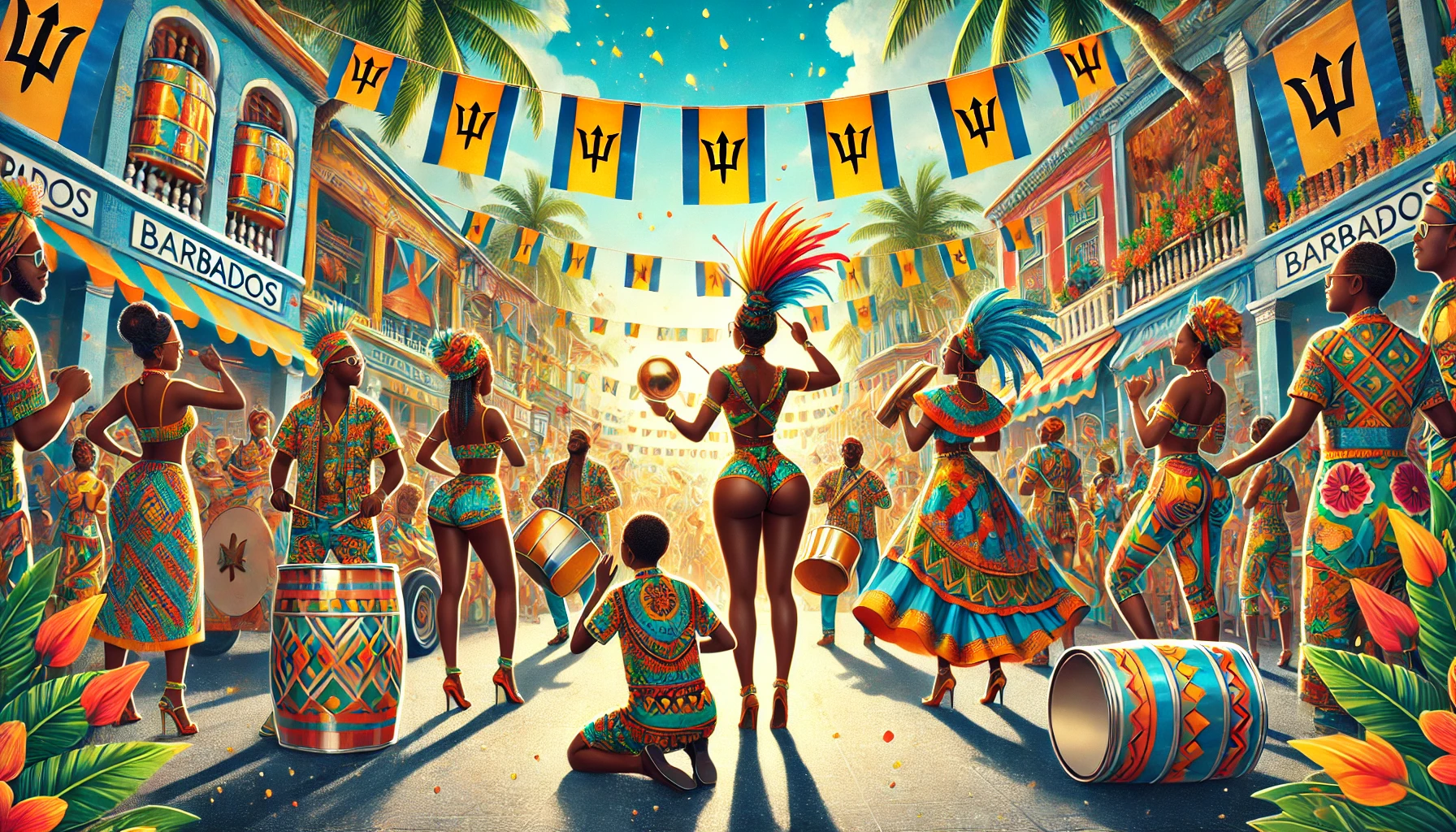
- Oistins Fish Festival: Held annually in the town of Oistins, this festival is a tribute to the fishing community and celebrates the island’s maritime heritage. Visitors can enjoy seafood, music, and games, as well as observe traditional Bajan fishing methods.
- Independence Day: Barbados gained independence from Britain on November 30, 1966, and this day is marked with parades, concerts, and fireworks. Independence Day celebrations are a significant part of Bajan culture, as they honor the island’s journey to self-governance and national pride.
- Christmas and Kadooment: Christmas in Barbados is celebrated with joy and cheer, and it holds a special place in the hearts of Bajans. The holiday season brings communities together, with unique traditions like Christmas morning services and Kadooment, the grand finale to the Crop Over festival that celebrates Bajan identity and unity.
The Warmth of Bajan Hospitality
At the core of Barbadian culture is the warmth and friendliness of its people. Bajans are known for their welcoming nature and kindness, which leaves a lasting impression on visitors. This hospitality extends beyond merely polite gestures, creating a sense of belonging for anyone who visits the island.
The concept of “liming”, a local term for hanging out and socializing, is central to the Barbadian way of life. Whether it’s at a rum shop, on the beach, or at a local festival, Bajans embrace the joy of connecting with others. This easy-going, friendly culture is infectious and often becomes one of the most cherished memories for visitors to Barbados.
From its vibrant festivals and delicious food to its unique music and art, Barbadian culture is as rich and colorful as the island’s landscape. Engaging with Bajan culture provides an immersive experience that highlights the spirit and resilience of its people, making Barbados much more than a beautiful travel destination.
Conclusion
Exploring the unseen places in Barbados offers a deeper connection to the island’s natural beauty and rich culture. From hidden beaches and caves to rural villages and historic sites, Barbados has countless off-the-beaten-path destinations waiting to be discovered. Whether you’re an adventurer, a history buff, or someone looking to experience authentic island life, these hidden gems provide an unforgettable experience.
Barbados is a place where you can step off the typical tourist track and uncover a world of hidden beauty. So, the next time you visit this Caribbean paradise, take a moment to venture beyond the well-known spots and immerse yourself in the unseen wonders of Barbados.

